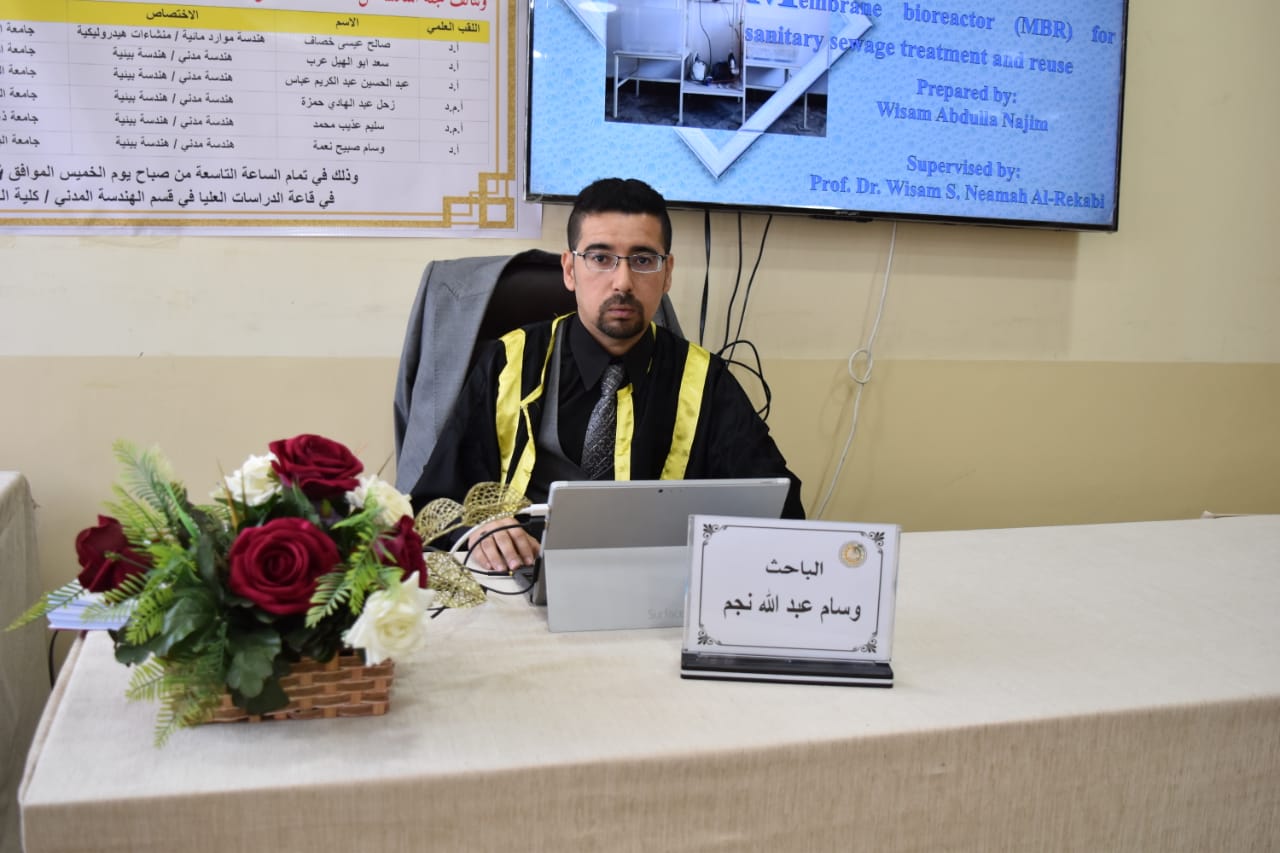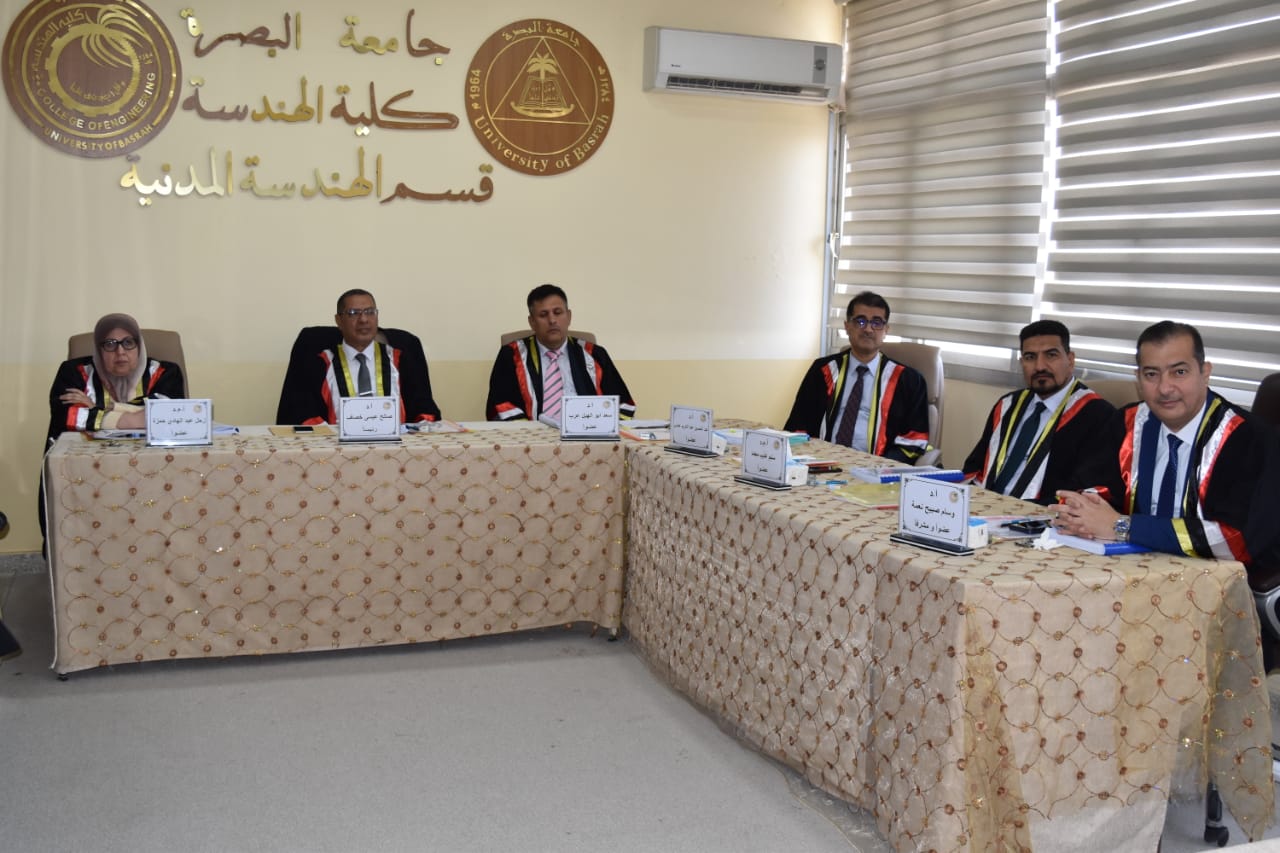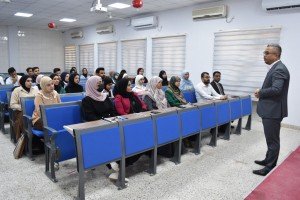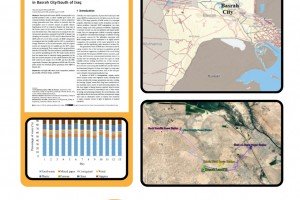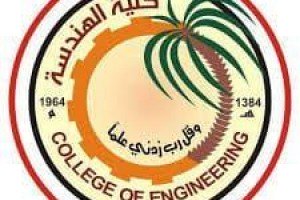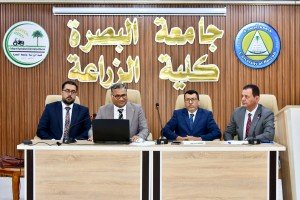
The doctoral thesis by student Wissam Abdullah Najm was discussed at the University of Basra, College of Engineering, Department of Civil Engineering, entitled Application of integrating the sequential batch reactor technology with the membrane bioreactor for wastewater treatment and reuse. It included: In order to overcome these obstacles, an integrated application technology Sequencing Batch Reactor with Membrane Bioreactor was created. The resultant process, known as combined (SBR+MBR), is among the most effective and economical wastewater treatment systems. in our research, we were combined between Sequencing Batch Reactor (SBR) system: is an activated sludge process that works on (fill, react, settle, decant, and idle) with a Membrane Bioreactor (MBR) process. Membrane bioreactors combine biological wastewater treatment methods, such as the activated sludge process, with certain membrane processes, such as microfiltration or ultrafiltration. The main objective of this study is to present the built-in (SBR+MBR) technology as an alternative and successful method for treating wastewater in Basrah City.
The experimental investigation results indicated that; Built-in (SBR+MBR) system can be used successfully for treating wastewater of Hamdan Sewage Treatment Plant at al Basrah city and achieving high removal rates for pollutants which were around (99, 99.5, 98 and 88) % for COD, NH4-N, TP and TN respectively with effluent matching with the Iraqi standard limitations for the effluent of wastewater treatment plants. For the used wastewater characteristics, three steps for reaction phase are required with (0.5/2/1) hr. of Anoxic/Oxic/Anoxic conditions respectively, and sludge age of 10 days to achieve an optimum removal rate for pollutants. While the built-in (SBR+MBR) model simulation results are depicted that; the model is representative to the biological processes in integrated system very well whereas the correlation coefficient (R) between the simulated and observed data for each of COD, NH4- N, TP and TN were 0.998, 0.977, 0.968 and 0.900 respectively.
